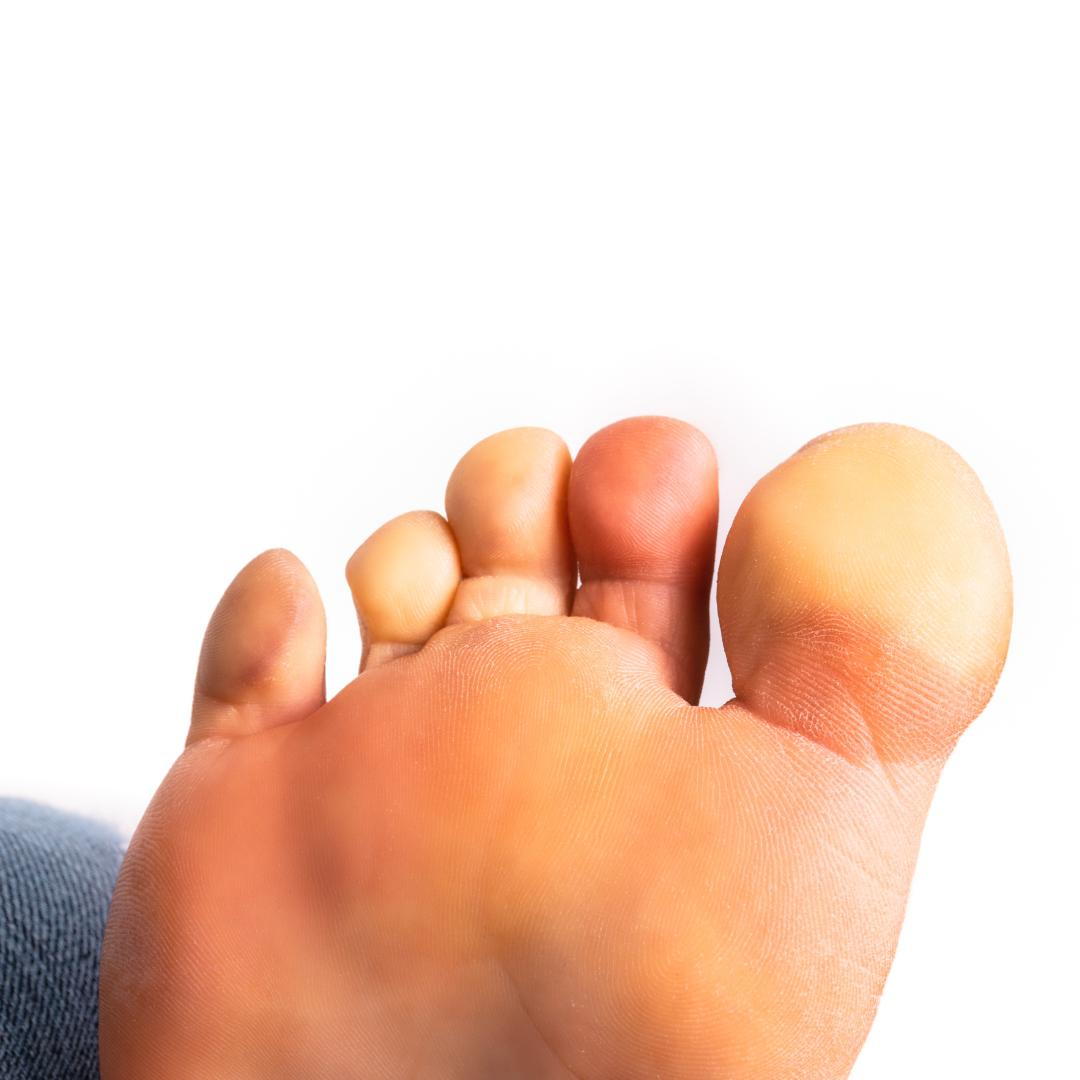
- posted: Oct. 16, 2023
Do your toes and fingers change color, feel cold, or sometimes turn numb? Even though this is a usual response to cold weather, if you suffer from Raynaud’s disease, something else could happen. If you experience these symptoms, it’s time to contact Dr. Mucinskas at Feet First Foot Care Specialists to talk about Raynaud’s disease.
This uncommon condition temporarily restricts movement to the blood vessels of the extremities. The two types of Raynaud’s disease are primary and secondary. The primary type occurs on its own without a cause, while the secondary type of Raynaud’s disease results from an underlying problem.
Causes and Risk Factors of Raynaud’s Disease
In some cases, Raynaud’s disease has no known cause; however, extreme stress, cold weather exposure, or some autoimmune diseases are the main causes. Risk factors that can elevate the likelihood of primary Raynaud’s disease include being a woman under 30 with a family history of the condition.
Risk factors for secondary Raynaud’s disease include certain medications, exposure to cold weather or certain chemicals, autoimmune diseases, thyroid disorders, and other chronic conditions.
The Signs and Symptoms of Raynaud’s
When a Raynaud’s attack happens, skin on the hands and toes often turns pale or white, accompanied by the loss of feeling in the extremities. In some cases, the area may turn blue. When the circulation returns, the area will feel warm, and the skin will change to red. When the sensation returns, you may also notice throbbing, burning, or tingling. An attack can last anywhere from a few minutes to several hours.
Treatment of Raynaud’s
If an underlying health problem or a particular medication is causing these attacks, your doctor may recommend switching medications or may help you manage the chronic health problems to lessen your risks for an attack.
If your primary attacks result from exposure to the cold, staying out of the cold temperatures is the best way to avoid attacks. If you do have to go outdoors on a cold day, always make sure you are wearing warm gloves and socks.
Color changes and numbness in the feet can also indicate nerve damage and diabetes, so you must see your podiatrist immediately to rule out more serious health concerns.
If you think you may be suffering from Raynaud’s disease, don’t hesitate! Contact Dr. Mucinskas at Feet First Foot Care Specialists to schedule a visit by calling our office at 860-632-5499 or by clicking here to make your appointment online.
Questions or Comments?
We encourage you to contact us whenever you have an interest or concern about our services.
Call Today (860) 632-5499
162 West St Ste K Cromwell, CT 06416






